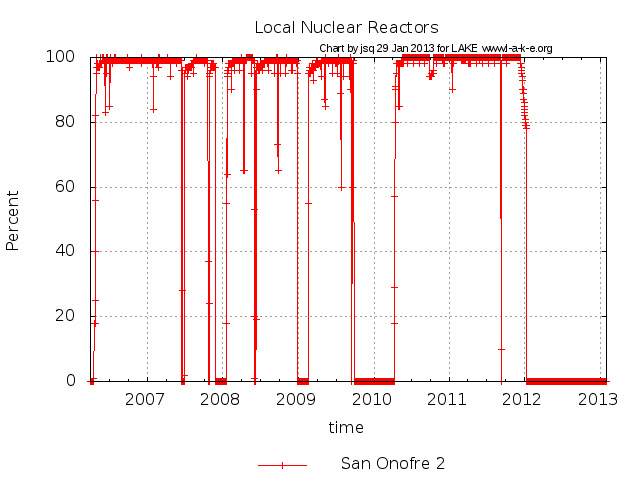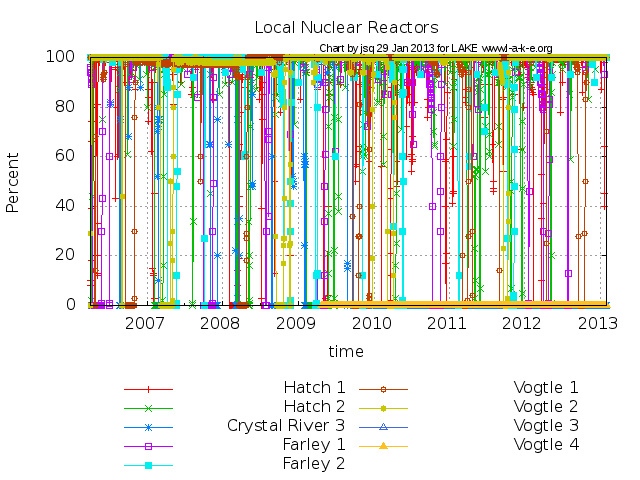Privatizing isn’t the answer, rote tests are irrelevant, and competition doesn’t help win. Those are a few of the lessons Finland learned that made its schools world leaders in education. So why would we consider letting Atlanta force privatized charter schools on us?
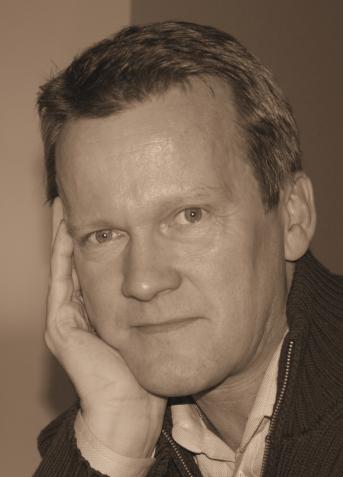 Anu Partanen wrote for the Atlantic 29 December 2011, What Americans Keep Ignoring About Finland’s School Success
Anu Partanen wrote for the Atlantic 29 December 2011, What Americans Keep Ignoring About Finland’s School Success
“Oh,” he mentioned at one point, “and there are no private schools in Finland.”
Pasi Sahlberg, director of the Finnish Ministry of Education’s Center for International Mobility and author of the new book Finnish Lessons: What Can the World Learn from Educational Change in Finland,
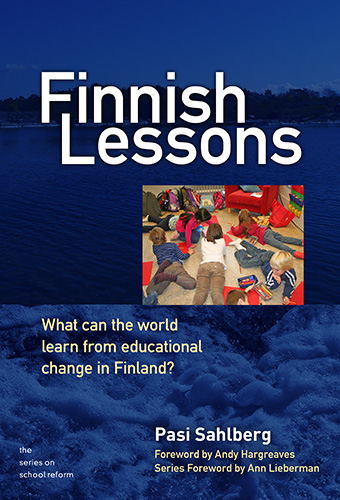 said that offhand while talking at a private school in New York. Nobody seemed to pay much attention. Maybe we should.
said that offhand while talking at a private school in New York. Nobody seemed to pay much attention. Maybe we should.
He also noted Finland has no standardized tests until the equivalent of high school graduation, and they don’t have any particular system for accountability for teachers or administrators.
“Accountability is something that is left when responsibility has been subtracted.”
So why do teachers and administrators in Finland so successfully take that responsibility?
Continue reading →
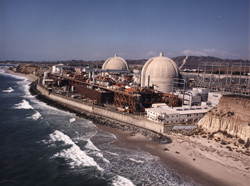 Pride of Southern California Edison Co.,
San Onofre 2 in San Clemente, California,
has been down for more than a year now, since 10 January 2010.
Interesting the way it ramps down down from 100% to below 80% over a week, almost as if
they were trying to cool it off.
Will it
stay down permanently?
Pride of Southern California Edison Co.,
San Onofre 2 in San Clemente, California,
has been down for more than a year now, since 10 January 2010.
Interesting the way it ramps down down from 100% to below 80% over a week, almost as if
they were trying to cool it off.
Will it
stay down permanently?
